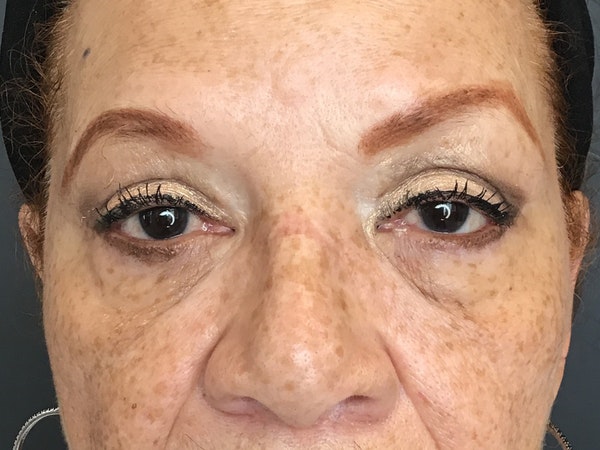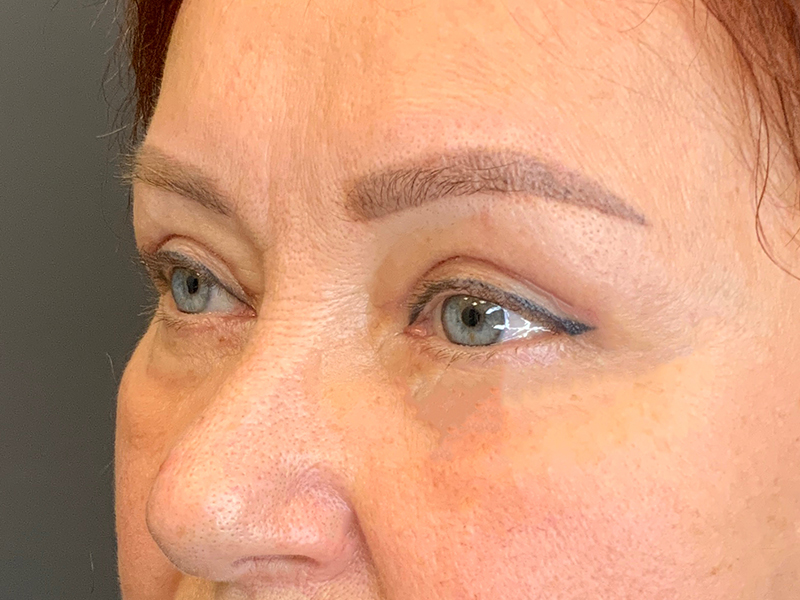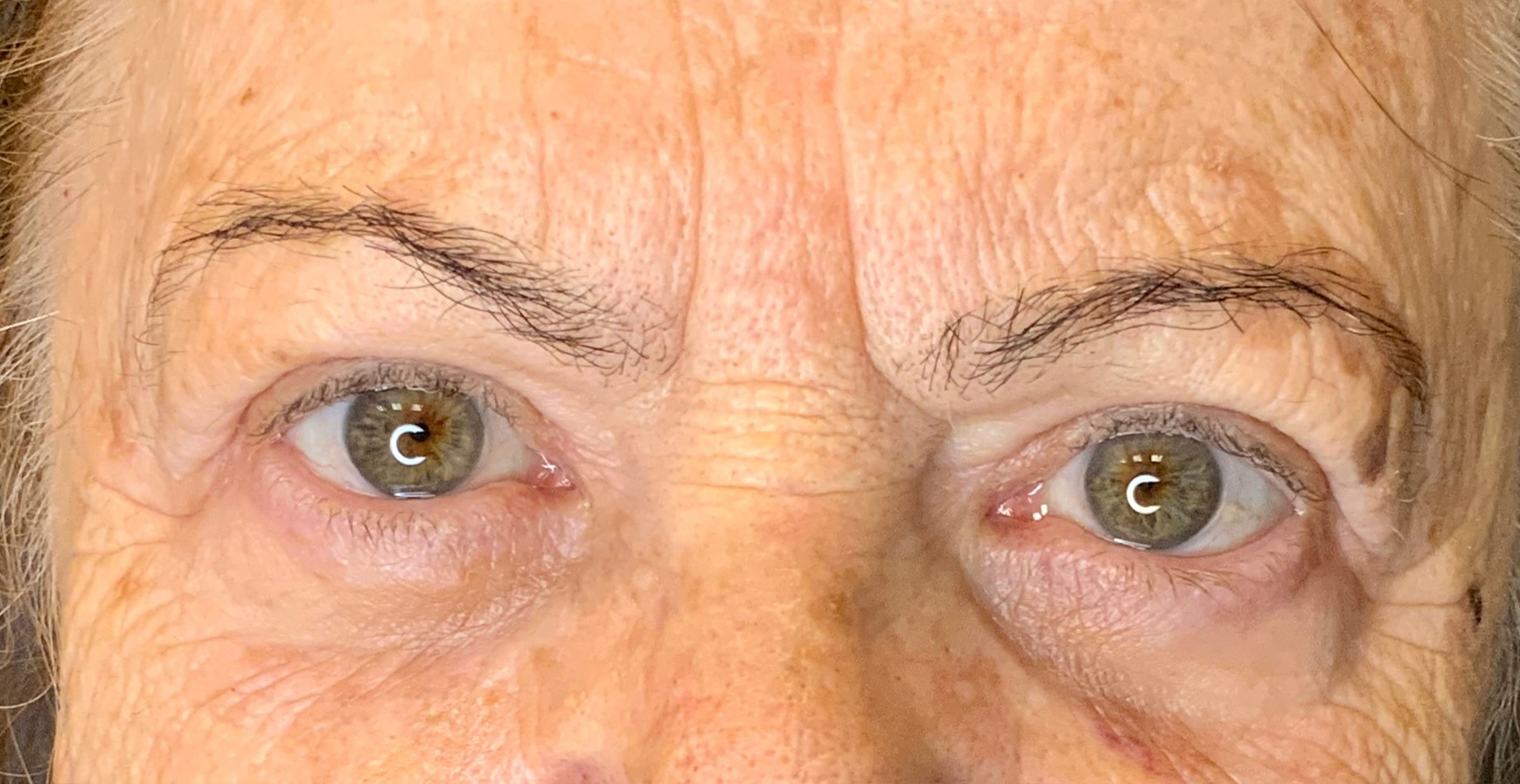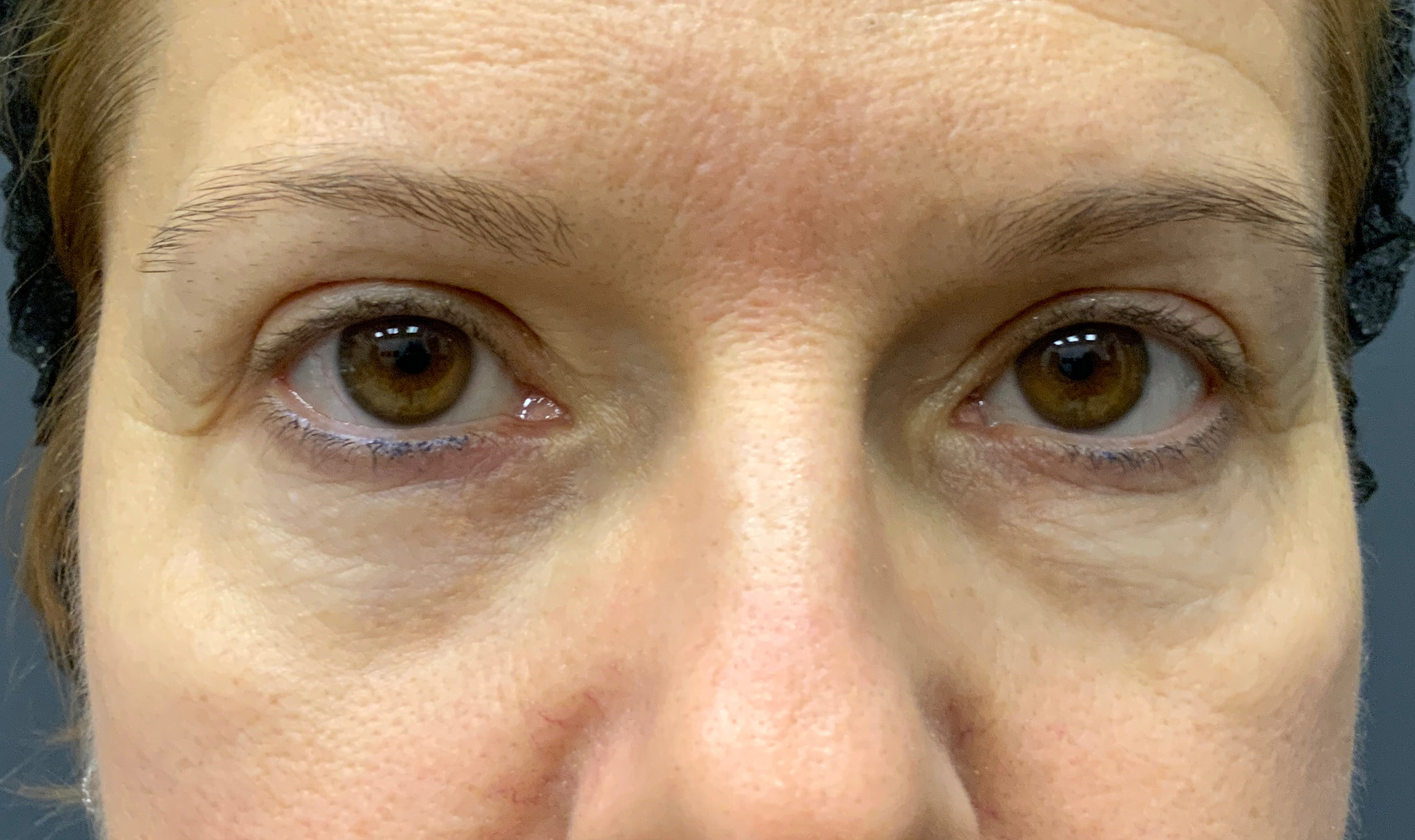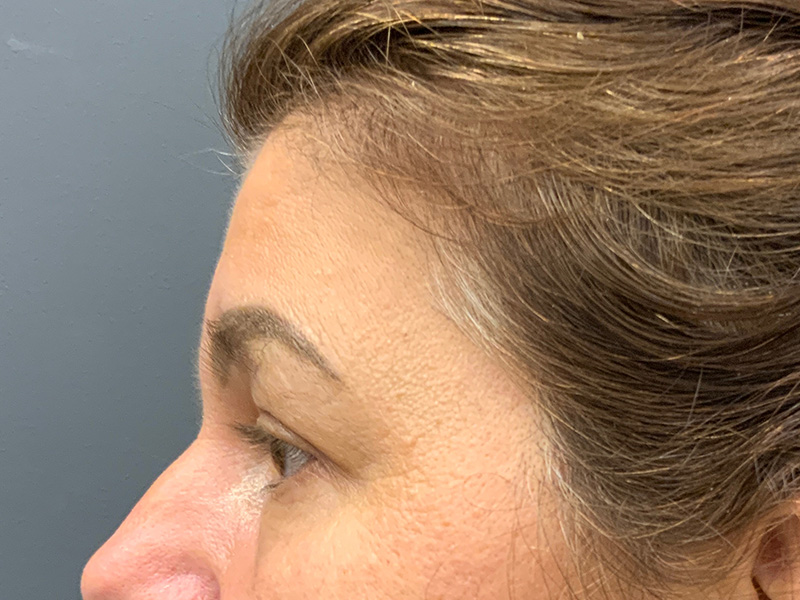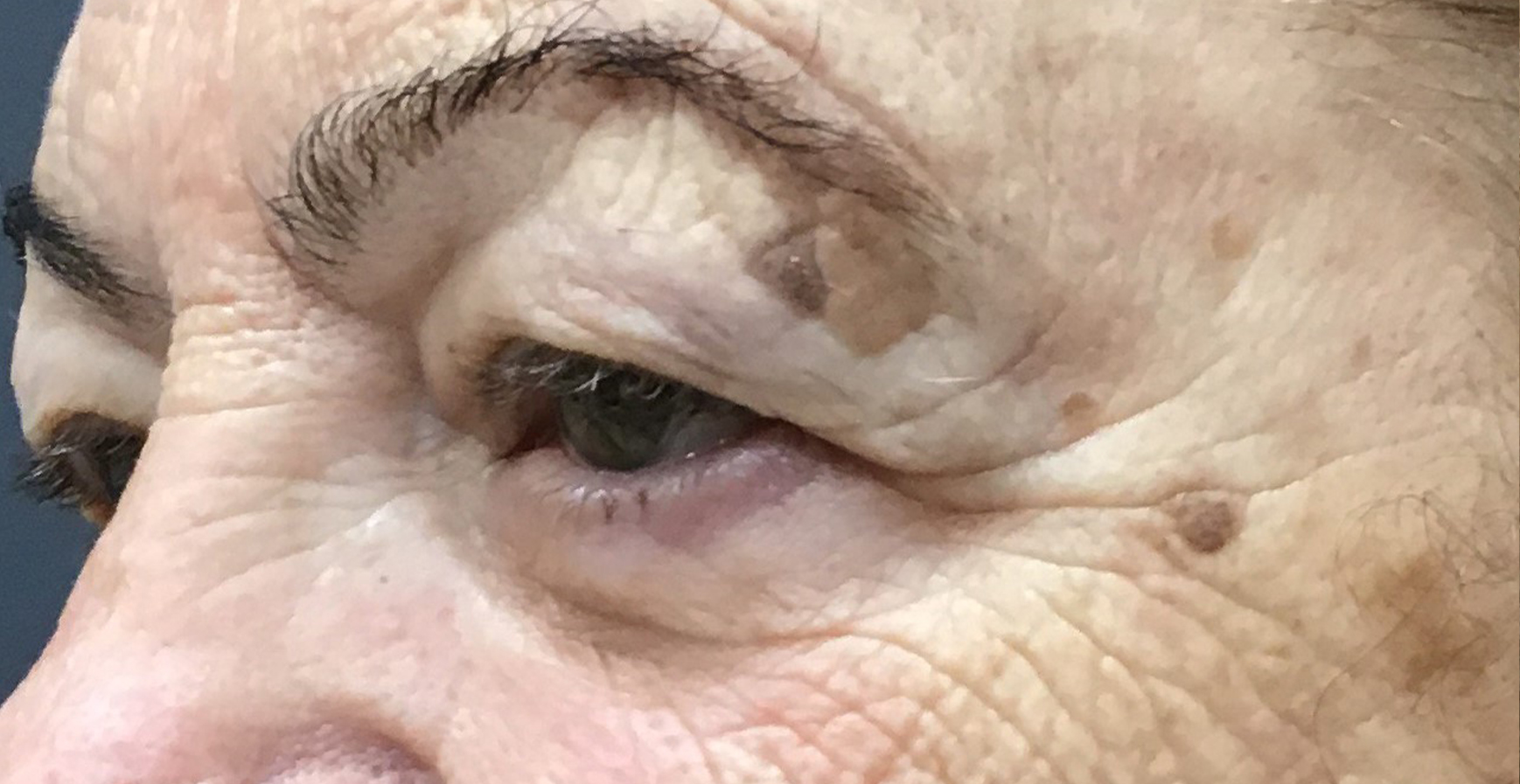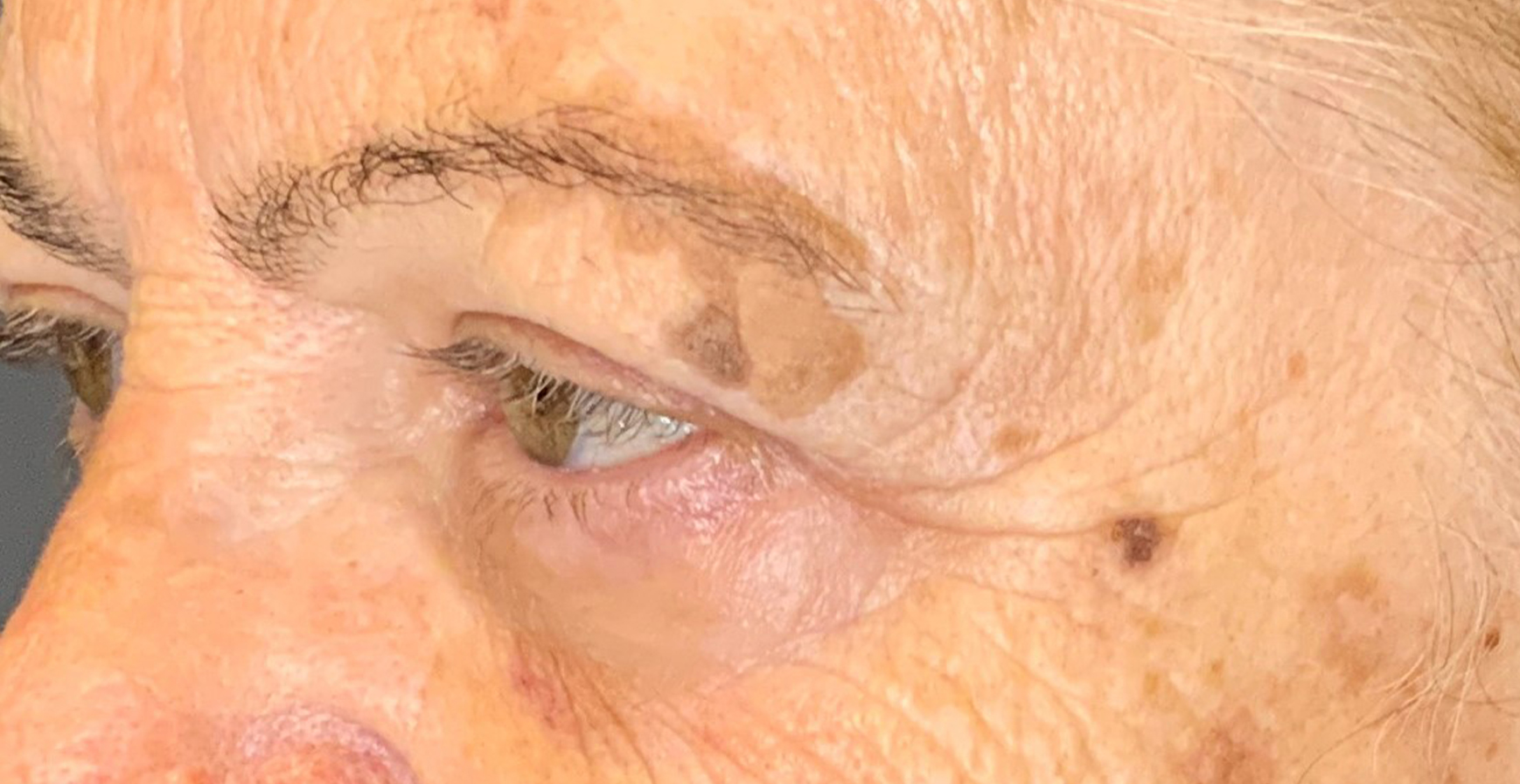What is Dr. Giyaur's Signature Approach
Dr. Julia Giyaur’s unique blepharoplasty approaches set her apart from others in the field.
Upper Blepharoplasty
Many surgeons primarily focus on addressing skin laxity and excess skin, simply removing it and concluding the procedure. In contrast, Dr. Giyaur takes a comprehensive approach to the entire upper eyelid area, considering the muscles responsible for keeping the eye open and the position of the brow.
Drawing on her background as an ophthalmologist, she offers a unique perspective and the ability to address all eyelid-related issues in a highly personalized manner, which may encompass:
- Traditional blepharoplasty
- Ptosis repair
- Brow lift
- Skin resurfacing with Opus plasma
During upper blepharoplasty, she addresses muscle issues that simultaneously lift the eyelid (ptosis) and tighten the skin. Additionally, Dr. Giyaur considers the brow position and performs an indirect brow lift if necessary during the blepharoplasty procedure. To enhance results and improve skin quality in the area around the eyes, we typically perform Opus plasma skin tightening as part of the blepharoplasty, as surgical blepharoplasty alone does not address skin quality.
Lower Eyelid: Triple Blepharoplasty
Our method is unique as it combines these three steps as part of lower blepharoplasty, offering a comprehensive approach to achieving natural and rejuvenated results. The surgical procedure begins with lower eyelid blepharoplasty to remove eye bags, followed by the immediate transfer of the patient's own fat from areas such as the abdomen and thighs, and then Opus plasma treatment.
The purpose of these additional services is to enhance the results, create better facial balance, and achieve a more rejuvenated appearance. For example:
- Removing eye bags often leads to hollowness in the eyelid area and cheek under the eye, caused by the loss of cheek fat pad. This hollowness becomes more apparent after the eye bag removal. To address this, micro fat transfer is performed to restore the natural cheek, stimulate collagen, and create a more rejuvenated look.
- Following the fat transfer, which contains stem cells that are effective at building collagen and fat cells that provide long-lasting volume, Opus plasma treatment is conducted to tighten the skin around the eyes and produce collagen. The unique aspect of our approach is the focus on restoring a natural, youthful appearance rather than solely removing eye bags.

















